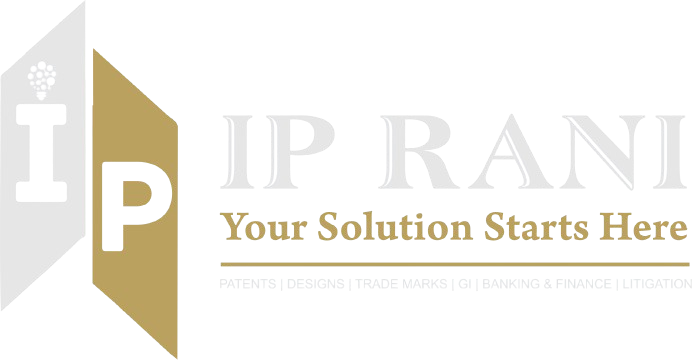Overview
Industrial designs play a crucial role in shaping the visual appeal of products, from consumer goods to fashion accessories. When conflicts arise over design rights, litigation becomes essential to safeguard the interests of designers, manufacturers, and consumers. In this article, we’ll explore the key aspects of design litigation, including its purpose, common issues, and strategies for resolution.
Understanding Industrial Designs
An industrial design is the ornamental or aesthetic aspect of an article, which can be two-dimensional (patterns, prints) or three-dimensional (shapes, configurations). It encompasses elements such as shape, surface ornamentation, color, and texture. Design protection aims to prevent unauthorized copying or imitation of these visual features.
Common Issues in Design Litigation
-
Infringement Claims
- Design owners often file infringement suits against parties that produce or sell products with similar visual features. The plaintiff must demonstrate that the defendant’s design is substantially similar to the protected design.
- Courts consider factors like overall impression, visual similarity, and the likelihood of confusion.
-
Prior Art Challenges
:Defendants may challenge the validity of a design registration by presenting prior art (existing designs) that predates the protected design.- Courts assess whether the design is novel and not obvious in light of existing designs.
-
Scope of Protection
- Determining the scope of design protection is crucial. Courts analyze the registered design’s representations, descriptions, and disclaimers.
- Some designs receive broad protection, while others are narrowly defined.
-
Defenses
- Defendants may raise defenses like independent creation, lack of novelty, or functionality.
- Courts evaluate these defenses based on evidence and legal principles.
Strategies for Resolution
-
Negotiation and Settlement
- Parties can explore amicable solutions through negotiation, mediation, or alternative dispute resolution.
- Settlement agreements often involve licensing, design modifications, or compensation.
-
Litigation Proceedings
- If negotiation fails, litigation ensues. Courts hear arguments, examine evidence, and issue judgments.
- Remedies may include injunctions, damages, or account of profits.
-
Evidence Collection
- Parties gather evidence, including design registrations, prior art, and expert opinions.
- Visual comparisons play a crucial role.
-
Expert Witnesses
- Experts opine on design similarity, novelty, and infringement.
- Their testimony influences court decisions.
We provide diverse services in the Design field including:
- Design Searches
- Design Applications
- Convention Design Filing in other countries
- Design prosecution
- Design registration
- Design watch
- Response to Office Action
- Design hearings
- Renewal services
- Portfolio Management
- Assignment Recordals
- Licensing and Recordals
- Due Diligence
- Design Cancellations


